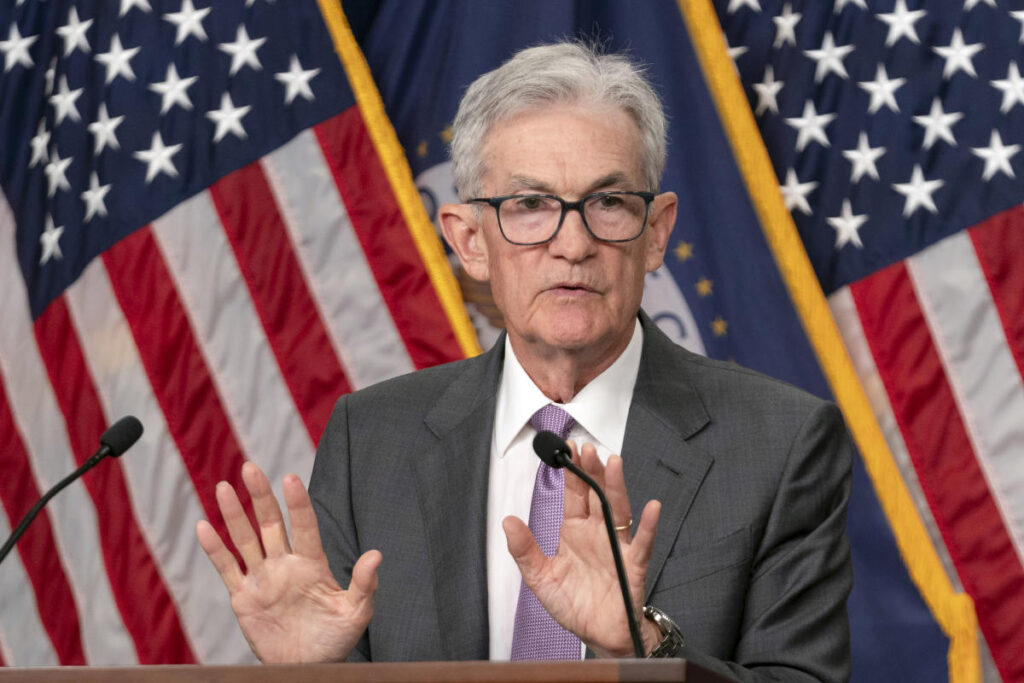In September, the Federal Reserve made a significant decision to lower the federal funds rate by 50 basis points, bringing it down to a range of 4.75%–5.00%, a decline from its earlier rates that had reached a two-decade high of 5.25%–5.50%. This reduction comes as a welcomed relief for many American consumers, particularly credit card users who have been grappling with increasing debt loads exacerbated by high-interest rates. With forecasts indicating further cuts in the federal rate in both 2024 and 2025, many hopeful borrowers begin to consider how these changes might alleviate their financial burdens. However, while the Fed’s actions can influence the costs tied to borrowing, they may not provide immediate or substantial relief for existing credit card debt, which is often subject to other determining factors beyond the federal rate itself.
Credit card interest rates frequently operate on a variable basis and can take some time to reflect shifts in federal monetary policy. Despite the 50 basis-point cut, consumers with high APRs of 25% or 30% may find little to no relief. For instance, during the Fed’s previous significant rate cuts in February 2020, where the federal funds rate dropped from 1.50%–1.75% to as low as 0.00%–0.25%, the average credit card interest rate only slightly decreased to 14.52%. Fast forward to May 2024, and credit card rates average 21.51%, showcasing how the gap between credit card rates and lower benchmark interest rates has remained pronounced, with the APR margins hitting record highs this past February.
With the recognition that the lower federal funds rate may not drastically lower credit card interest rates, individuals should proactively address their debt rather than relying solely on potential future rate cuts. Many credit card companies do not adjust rates in real-time, leaving cardholders in situations where they experience limited benefits from lower rates. Consumers are encouraged to check their current APRs via monthly statements or online accounts, and they may even request lower rates from issuers if their financial circumstances have improved since they first obtained credit.
Taking immediate action to pay down credit card debt is pivotal. One effective strategy is utilizing a balance transfer credit card, which can offer an introductory 0% APR on transferred balances for a limited time—typically between 12 to 21 months. Although these cards usually come with a balance transfer fee ranging from 3% to 5% of the total balance, they can still lead to substantial savings when compared to high-interest debt. Additional options include committing to larger monthly payments to chip away at the debt more effectively. Implementing techniques like the snowball or avalanche methods could significantly decrease the time it takes to eliminate debt, compared to only making minimum payments.
While tackling existing credit card balances, it is also essential for consumers to avoid further accumulation of debt during this repayment phase. Easier said than done, many find it challenging to resist the temptation of using credit cards, especially if they are accustomed to earning rewards. However, switching to cash or a debit card can help combat overspending tendencies. For those experiencing ongoing debt challenges, seeking guidance from nonprofit credit counseling organizations can prove beneficial, offering personalized financial strategies and budgets tailored to specific situations.
In light of the recent Fed actions and the current economic climate, being proactive about managing credit card debt is crucial. Consumers should familiarize themselves with the implications of lower federal rates, leverage available tools and strategies for debt repayment, and resist the urge to further increase their credit card balances. Credit counseling services also serve as a resource for those in need of structured help. The guidance provided by nonprofit organizations can play a vital role in helping consumers navigate their financial landscape effectively. Ultimately, maintaining vigilance in personal finance habits can help individuals emerge from challenging debt situations more successfully.

